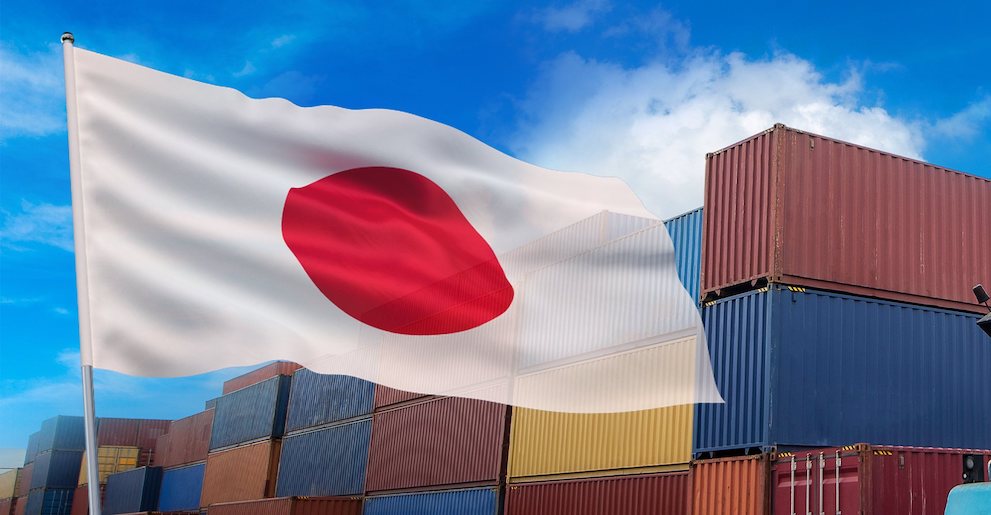In international trade and shipping, product classification codes and numbers are used to define product details, customs information, taxes, and more. Utilised by customs officials, these product classification codes help compile trade statistics, levy tariffs, and control quotas. While it is common for exporters to use the terms of classification systems interchangeably, there are key differences that must be understood to avoid hurdles at the border and prevent delays in shipments when getting products into the hands of your customers. Here, we’ll give you a quick overview of two product classification codes for international shipping – HTS Codes and Schedule B Codes – and their differences to ensure that you’re using the right code at the right time.
HTS Code explained
The Harmonised Tariff Schedule (HTS) Code is a unique 10-digit number primarily used by the United States (US) to classify and define goods imported into the US from other countries. Brought into effect in 1989, this nomenclature system is based on the Harmonised Commodity Description and Coding System (HS) and is used by US importers for the proper assessment of commodity duties. Besides categorising goods according to material classification, product name, and intended function in the US, the last four digits administered by the US International Trade Commission (ITC) helps track import quotas and ensure proper duty collection.
The structure of HTS Codes
Each section of the 10-digit HTS Code represents a predefined nomenclature. Its first six digits are an HS Code, which is a universal standard used by all countries in their tariff schedule to identify and code internationally traded goods. The subsequent two digits identify the US subheading of the HS code, which establishes duty rates. The final two digits are statistical suffixes that provide further definition and information about the product. These final four digits are unique to every country, capturing further product details and making variations on the tariff. Here’s a breakdown of the HTS Code 1004.90.0010 for certified organic oats:
How is the HTS code used?
Schedule B explained
Similar to the HTS Codes, the Schedule B Code is a 10-digit number unique to the US. However, these codes are used for the classification of physical goods exported out of the US to another country and lists the Commodity Description and Units of Quantity.
What is Schedule B used for?
Also relying on the HS system issued by the WCO, the export Schedule B code administered by the International Trade Management Division of the US Census Bureau, is used only to track the number of goods being exported from the US. This means that it is merely used for monitoring purposes, reporting of statistics and does not assign duty rates.
The structure of Schedule B Codes
Just like the HTS Code, the Schedule B Code is built upon the first six digits of the HS Code. The last four digits define commodity detail to the report statistics to the US Census Bureau. The 10-digit Schedule B can be broken into four parts:
Schedule B Codes vs HTS Codes
While both codes are for use in the US only and classifies goods being shipped, it is the shipper’s responsibility to know the difference to provide the correct international shipping code for the products being shipped. Knowing the difference will make determining the tariff rates, verifying declarations and producing other relevant shipping documents like the Electronic Export Information a seamless process.
Is Schedule B the same as the Harmonised Tariff Schedule?
Even though the Schedule B Codes are a subset of HTS Codes, they are different. As mentioned, Schedule B Codes are used for export categorisation and HTS Codes are used for import categorisation.
Which should you choose?
While it is possible to use the HTS Code in place of the Schedule B Code for export from the US, the reverse cannot be done. This means that Schedule B Codes cannot be used in place of an HTS Code for an import into the US. Therefore, if you are an US exporter, you should be more concerned with Schedule B Codes than HTS Codes. If you run a Malaysian cross border business, however, you will need to follow the Harmonised Tariff Schedule for the classification of goods.
It is important to determine the proper HTS and Schedule B code for your imported and exported products. To avoid the consequences of misclassification of your products such as non-compliance penalties and shipment delays, working with an international delivery service provider can help.
For a start, read our FAQs on the HS Code for a foundational understanding on the most important tariff code in international trade.







































